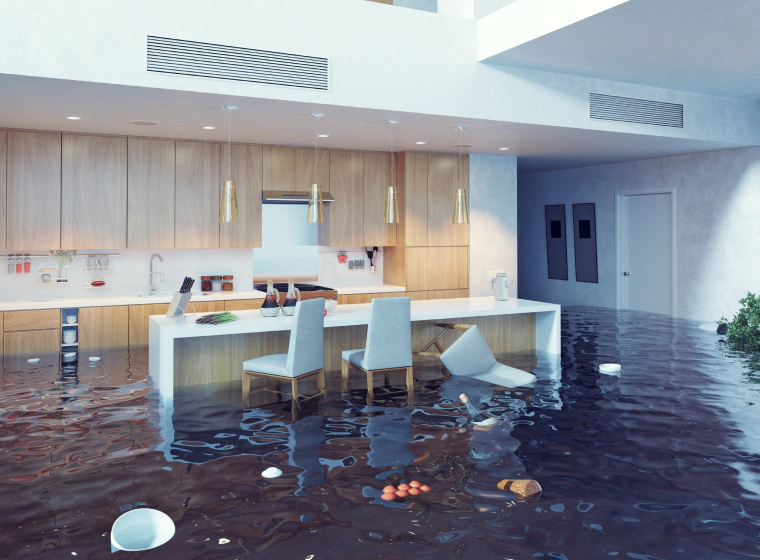Table of Contents
Water damage is a significant threat to priceless heritage architecture. It not only affects the structural integrity of the buildings but also erodes the historical value embedded in them.
This info will take you through all the vital elements that come into play during the repair and revitalization process of water-damaged heritage architecture.
Assessing Initial Damage
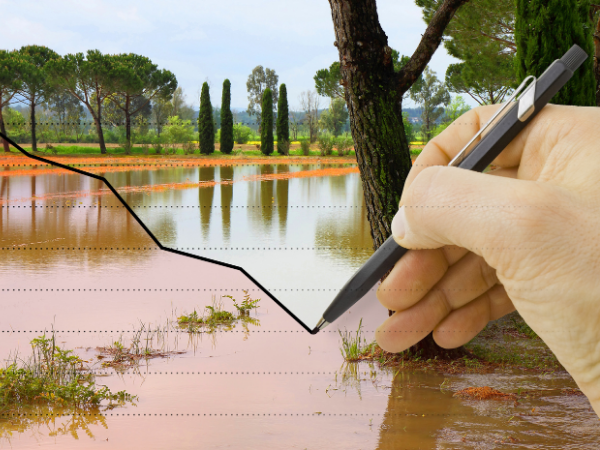
In any restoration program, the first step always involves assessing the extent of damage caused. It’s crucial to understand that water damage in heritage structures may not always be visible immediately. The corrosive action of water seeps into foundations, walls, and embellishments, working its way from within.
Nuances like discoloration spots on walls or a mildewy smell could be hinting at more problematic moisture-related problems concealed beneath. Initial assessment helps correctly map out the most appropriate recovery plan while maintaining considerations for the original structure’s historical authenticity. For more advice on this area, visit WaterDamageSpecialist website.
Common Effects of Water
Understanding the detrimental effects of water on these age-old constructions will give you more insight into how to manage the same properly. High levels of humidity can lead to drastic temperature changes contributing to cracks and fissures in masonry.
The growth of mold and mildew can rapidly spread throughout wood and wallpaper, potentially causing future respiratory problems for residents or visitors. The corrosion brought about by water can also lead to severe expansion and contraction in metallic fixtures thereby significantly affecting their durability.
Causes of Water Damage
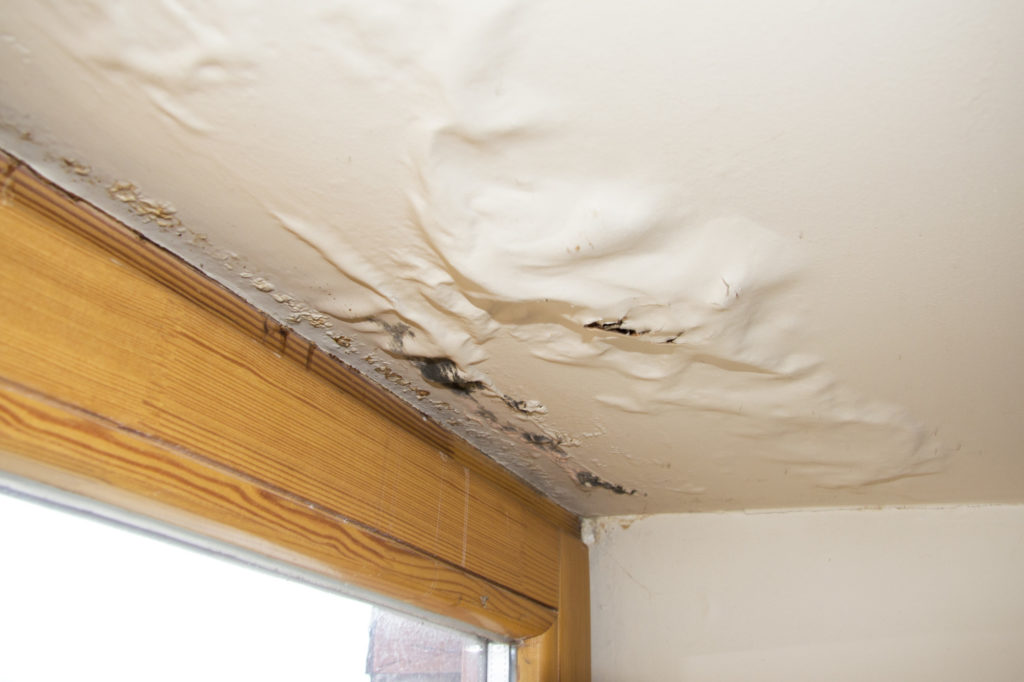
Frozen and burst pipes during extreme weather often damage heritage buildings. Expanding ice puts pressure on piping systems, leading to cracks and ruptures which unleash water once thawed. Insulating vulnerable pipes prevents such icy damage.
Leaky supply lines or drainage systems also introduce excess moisture over time. Small drips seep into crevices and breed decay. Regular maintenance checks allow early leak detection for timely repair.
Large-scale flooding from rainfall or busted municipal mains also necessitates major restoration work. Careful weatherproofing and drainage help mitigate some flood risks.
Professional Intervention Relevance
To ensure that these historic structures are brought back to their former glory safely and effectively, professional expertise in this subject matter is a must. Experts in water damage restoration possess a deep understanding of heritage architecture’s nuances and sensitivity.
Experienced professionals use tried-and-tested methods to restore these buildings methodically and with utmost care, thereby ensuring the preservation of their historical integrity. Understanding the intricate balance between repair work and preservation is critical in such restoration efforts.
Drying and Dehumidification Process
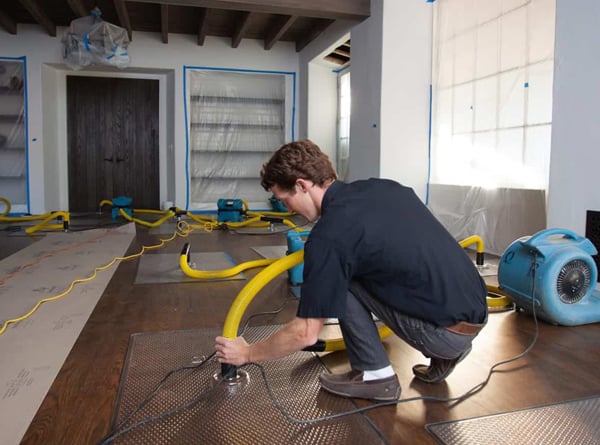
The immediate response after observing signs of water damage should be facilitated drying and dehumidification. This step should ideally commence within 24 hours to minimize further harm from water exposure.
Extreme care must be taken during this process to ensure that original artworks, precious materials, and detailed finishes on these structures are not damaged. Therefore, experts often resort to gentle, round-the-clock air circulation techniques for effective moisture removal.
Importance of Timely Action
When water invades historic sites, time is the enemy as damage escalates the longer things remain damp. Rapid response proves critical. First-day extraction and dehumidification limit destruction. Delay heightens risks of irreversible aesthetical damage and toxic molds that endanger health.
Moisture removal prevents mold. Expediency also aligns with administrative constraints, as strict insurance claims impose narrow deadlines. Early appraisal and planning optimizes logistics across repair timeframes. In managing water damage, time equals preservation – heritage sites fare better launching restoration immediately.
Disinfection and Mold Concerns
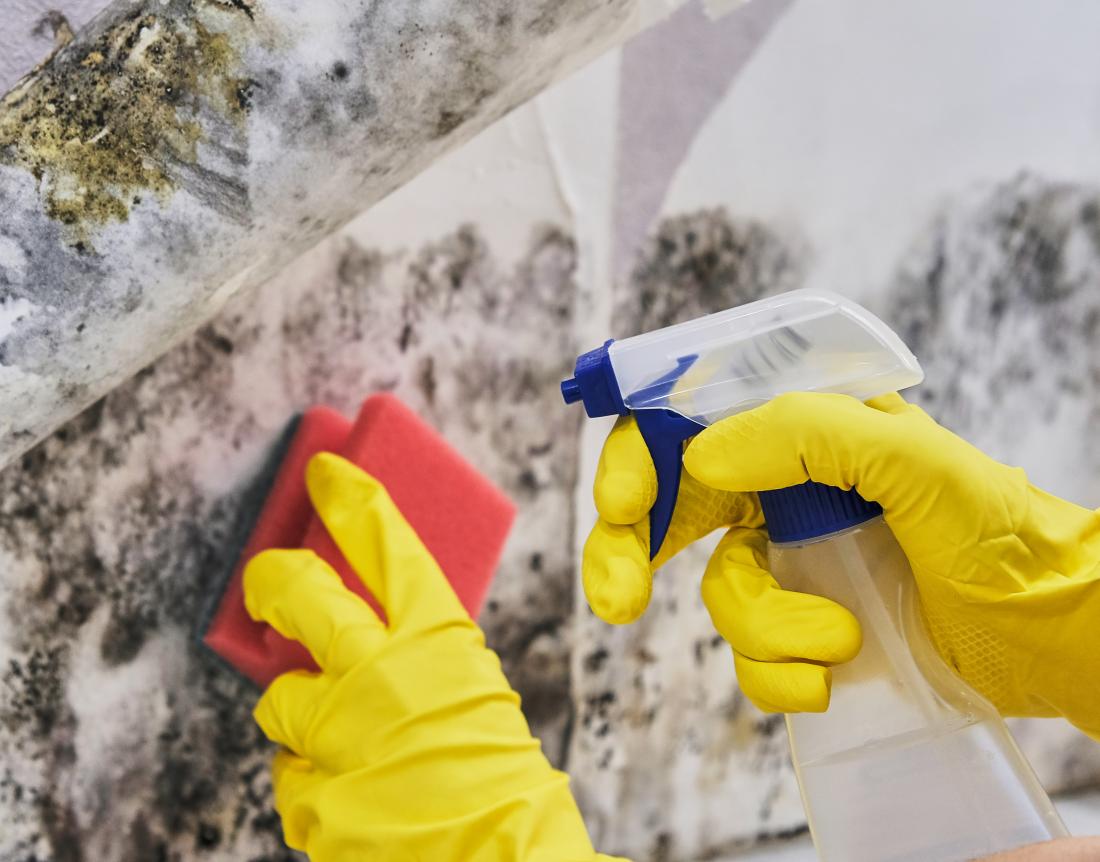
Mold formation is one of the direst consequences of water damage; its removal being an integral part of any restoration plan. These microorganisms not only weaken architecture by infiltrating structures but also pose serious health hazards.
Thorough disinfection procedures are mandatory to ensure that these buildings are safe for future inhabitants and visitors. Experts must conduct accurate mold testing and removal to ensure that these heritage structures are protected in the long run.
Health Concerns
Dampness leads to fungal and microbial growth like mold and mildew. Inhaled spores from such organisms can cause respiratory distress, especially among vulnerable individuals. Prolonged exposure may exacerbate asthma or bring serious infections. Wet conditions allow rodents and insects to multiply, heightening health risks.
Seeing a damaged home also induces anxiety and negatively impacts mental health. Restoring historic residences to their former dignity provides emotional uplift. Well-maintained, clean homes promote mental wellbeing and become conducive for relaxation and social gatherings, supporting better quality of life.
Insurance and Claim Process
Owning a piece of history is a pride, no doubt, but it comes with its own set of complex insurance claim procedures. Insurance policies related to historic home restoration vary widely possessing their own complex set of terminologies and clauses.
A guided navigation through the jargon-filled insurance process helps gain a better understanding of the claimable expenses, thereby enabling owners to make informed decisions about financing their restoration plans.
The Role of Technology

Advanced technologies like ground penetrating radar (GPR) are transforming restoration processes through non-destructive subsurface imaging. GPR scans enable accurate identification of concealed moisture damage and other structural issues.
Additional innovations such as thermal imaging and the digitization of historic archives further enhance precision; thermal cameras clearly identify damp areas while access to original architectural plans guides faithful revitalization. By synthesizing traditional knowledge and modern tools, specialists can carry out targeted restorations with greater efficiency.
Case Study: ITC Windsor
ITC Windsor in Bangalore, India, serves as an ideal case study demonstrating successful water-damaged heritage architecture restoration. After an intense monsoon season, this vintage structure faced significant water damage mainly concentrated on its outer facade, impacting heritage aesthetics.
The extensive restoration process spanned over two months and was executed under professionals’ guidance who specialize in heritage structure rehabilitation. The team utilized advanced technologies like laser ablation to remove mold and mildew without damaging underlying surfaces thereby preserving its external appeal.
Importance of Continuous Maintenance
Ongoing maintenance is crucial once the restoration process concludes ensuring that potential problems are identified early on and dealt with promptly. Regular inspections for signs of relapse help catch building flaws before they become irreparable.
A long-term relationship with professional restorers may also prove beneficial, as they would be familiar with the building’s nuances. Such sustained maintenance efforts will ensure the longevity and durability of these historical structures along with preserving their legacy.
Involving Community Stakeholders
Rallying community involvement when executing huge-scale revival projects can be highly beneficial. Support from cultural organizations or local residents can often increase resources at disposal while also carrying communal knowledge of the structure and locale.
Public involvement also invites a sense of pride and ownership among individuals, which often leads to stricter care and vigilance post restoration. The shared responsibility can greatly contribute to maintaining the preserved state of heritage architecture.
Future-proofing Heritage Architecture
The goal should not just be short-term repair but also incorporating preventive measures to protect these historic structures from future damage. This long-term approach might involve adaptations like better drainage systems, waterproofing techniques like these, landscaping that facilitates water run-off, or even climate control facilities within.
Such future-proofing initiatives involve higher upfront costs but save plenty later in terms of reduced repair needs. They also ensure that these architectural marvels can weather time and hence can be enjoyed by many more generations to come.
A Final Thought
In preserving this heritage architecture, you are safeguarding cultural narratives, historical values, and unique architectural methods. Every single brick in a historic structure has many stories to tell; it’s everyone’s duty to ensure they continue doing so for centuries ahead.
Professional intervention, modern technology adoption, community participation combined with legal ethics maintenance collectively guarantee successful revitalization of water-damaged heritage architecture.

